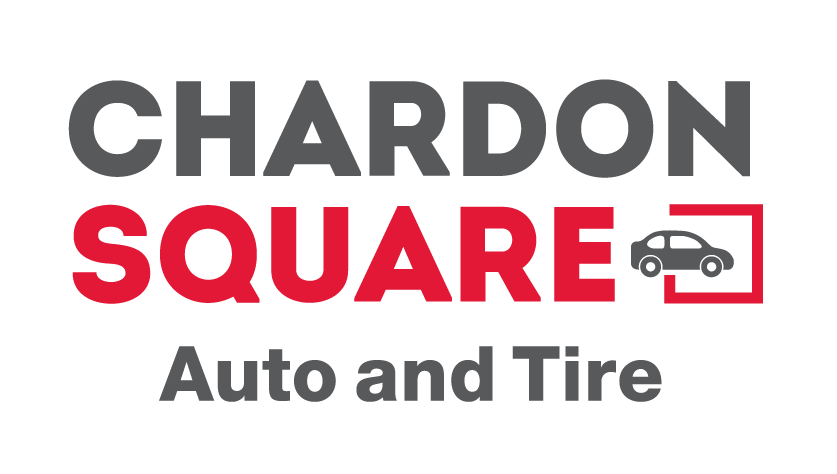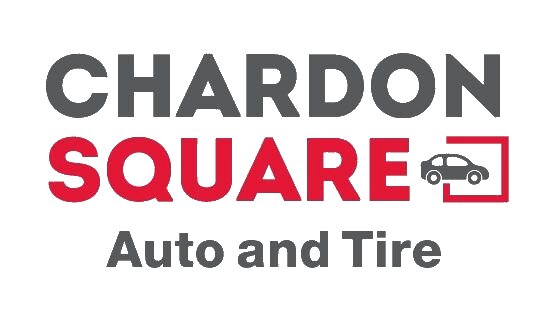Engine Diagnostic Chardon, OH
The Engine is the Heart of Your Vehicle
Today’s car engines are vastly more complex than at any other time in history. From onboard computers to sophisticated sensors, your car uses technology that simply wasn’t available ten years ago to car builders.
With the evolution of automotive technology, it is more important than ever that you have someone you can trust to work on your car. Sensor lights and errors can compromise your fuel economy, performance and even your ability to operate your vehicle.
The experts at Chardon Square Auto & Tire are certified ASE technicians which means we can take care of even the most complex engine issue for you. From simple dash light issues to complicated cylinder repairs, the professional mechanics at our Chardon location can get your car fixed quickly.
Call us today with your engine concerns!
Our friendly team will help you get your car running smoothly again with our dependable service.
About Your Car’s Engine
In order to meet Federal Exhaust Emission and Fuel Economy regulations, today's vehicles are equipped with highly sophisticated electronic engine control systems.
These systems do not require periodic adjustments. The only services required on a scheduled basis are spark plug and filter replacement. Tune-ups, as we knew them, are no longer necessary.

Engine Control Computer
The computer receives information from a network of sensors and switches that convert engine operating conditions into electrical signals. Based on the information and instructions stored in the computer program, commands are then sent to three primary systems:
- Ignition System
- Fuel System
- Emission Control System
The sensors that monitor one or more of these systems include:
- Mass Airflow Sensor
- Throttle Position Sensor
- Manifold Absolute Pressure Sensor
- Coolant Temperature Sensor
- Exhaust Oxygen Sensor
- Crankshaft Position Sensor
- Camshaft Position Sensor

Decoding your Dashboard:
Indicator Lights
Your dashboard is designed to keep you informed about the health of your vehicle. Trust the dashboard indicator light decoder to give you the insight you need to understand what is going on with your car. From your check engine light to your oil pressure light, we have the information you need to understand why that light might be on…even if it’s because you’ve accidentally left your door open or your parking brake up. Simply review the dashboard indicators below and learn all about your dashboard lights. If you are in a bad situation or require immediate assistance, call us and we will do everything it takes to get you back on the road safely and with confidence.

Anti-Lock Brake System Light
The Anti-Lock Brake System Light, also known as the ABS Light, indicates that there is a malfunction in your vehicle’s anti-lock brake system. The malfunction is logged by your vehicle’s onboard computer system. The applicable OBD2 codes are readable only with diagnostic tools. Issues triggering your Anti-Lock Brake System light can range in nature from a dirty wheel sensor to loss of voltage. When the ABS light triggers, your anti-lock brake system disengages and does not turn back on until your vehicle is serviced. Even if the ABS light is on, you should have normal brake pedal and stopping capabilities.

Brake Light
The brake light can be activated for a number of reasons. The simplest cause is that the parking brake is engaged. If the brake light is still illuminated after the parking brake has been fully disengaged, there could be a more serious issue. Lack of hydraulic pressure or a low fluid level due to leaking will both generate your brake light – and both issues indicate an immediate need for service. Brake fluid leaks are particularly dangerous as they can cause your brakes to fail and contaminate different components of your brake system. Make sure your brakes are still stopping your vehicle if you are attempting to drive. If there is no brake pressure at all, it is safest to stop driving and call for a tow.

Check Engine Light
The check engine light is triggered by a systematic abnormality detected by your vehicle’s onboard computer system. This light can activate for a number of reasons that vary in severity. The check engine light can trigger for something as simple as a loose gas cap to something as serious as a faulty catalytic converter. Upon being triggered, a fault code, also known as OBD2 codes, detailing the nature of the issue is registered in your vehicle’s diagnostic system. This fault code is stored and can only be retrieved via diagnostic equipment. If your check engine light is on, make sure you bring your vehicle in for testing as soon as possible. If your check engine light is flashing, your onboard computer system is logging a potentially dangerous problem and you should not drive your car.

Battery Light
The battery light indicator triggers when there is an issue with your vehicle’s electrical system. The cause can be something small, such as a loose wire, or something larger like your vehicle’s battery not properly holding a charge. If this light turns on while you are driving, try to keep your ignition running – if you turn your car off, it may not restart. Bring your vehicle into our shop for a battery test. If you are not able to get your car to start, we advise that you call for a tow.

Temperature Warning Light
The temperature warning light gauges the heat of your engine. If the light engages, it is indicating that your engine is overheating. Overheating can be the result of a low coolant level. If this light activates while you are driving, immediately pull over and turn your car off to let it cool. Do not open the radiator before your car has had a chance to cool down as it could be very hot and cause an injury.

Fog Lamp Indicator
The Fog Lamp Indicator serves as a confirmation that your fog lamps are illuminated.

Tire Pressure Monitoring System
Your tire pressure monitoring system light, or TPMS light, warns that there is a drop in air pressure in one or more tires. You should add air to your low tire(s) as soon as possible. If you add air and your tire is continuously losing air, you may have a puncture in the tire.

Tire Rotation
The tire rotation light triggers to let you know that it is time to rotate your tires. Rotating your tires promotes even wear to extend your tire life. Look for occasional promotions from us, where we package other preventative maintenance services such oil change and/or brake inspections along with a tire rotation.

Door Ajar Light
The door ajar light indicates that a door or trunk is not closed properly. Please check all of your doors and your trunk to ensure that they are closed. Upon closing properly the Door Ajar Warning Light will disengage. If it does not, you may need your computer reset.

Airbag Light
The airbag light indicates that there may be an issue with the deployment of your air bags. This is especially dangerous in the event of an accident. It is advisable to have this matter diagnosed as quickly as possible in order to keep you and your passengers safe.

Hazard Lights
Hazard lights signal caution to other motorists. This indicator is typically a lamp with a built in switch that is used to operate the hazard flashers.

Service Engine Soon
The service engine soon light is triggered by a systematic abnormality detected by your vehicle’s onboard computer system. This light can activate for a number of reasons that vary in severity. The service engine soon light can trigger for something as simple as a loose gas cap to something as serious as a faulty catalytic convertor. Upon being triggered, a fault code, also known as OBD2 codes, detailing the nature of the issue is registered in your vehicle’s diagnostic system. This fault code is stored and can only be retrieved via diagnostic equipment. If your service engine soon light is on, make sure you bring your vehicle into Chardon Square Auto & Tire for testing as soon as possible. If your service engine soon light is flashing, your onboard computer system is logging a potentially dangerous problem and you should not drive your car.

Traction Control System Light
Traction control is also known as anti-slip regulation. Traction control engages in slippery driving conditions when wheels are spinning out of synch. The system triggers your ABS system to apply brake friction to even out and stabilize the wheels spinning out of synch. When the traction control system light activates, the triggering device is disabled and cannot control the amount of wheel slip in a driving situation. If the light remains illuminated for an extended period of time, you might need an OBD2 code pull for diagnosis.

Oil Pressure Light
The oil pressure light indicates one of two things – Either the sensor that activates the Oil Pressure dashboard light has failed or your engine has low oil pressure. Low oil pressure could be the result of a leak or your engine burning oil. Check your oil levels with a dipstick and add motor oil if needed. If your light stays on, we advise that you call for a tow. If you are experiencing a leak or just need an oil change, contact us for a same day appointment.

Headlight Indicator
The headlight indicator serves as a confirmation that your headlights are illuminated. If the clarity of your headlights is less than optimal, try our headlight restoration products or service package

Low Fuel Light
The low fuel light engages when your vehicle’s fuel sensing unit hits a specified amount of resistance indicating the need for more gas. If your low fuel light comes on, it is probably time to fill up.
For friendly help with any of your onboard sensors, stop at
Chardon Square Auto & Tire. Our team of expert mechanics will assist you in determining the problem and recommend a quick solution.
Call today!



